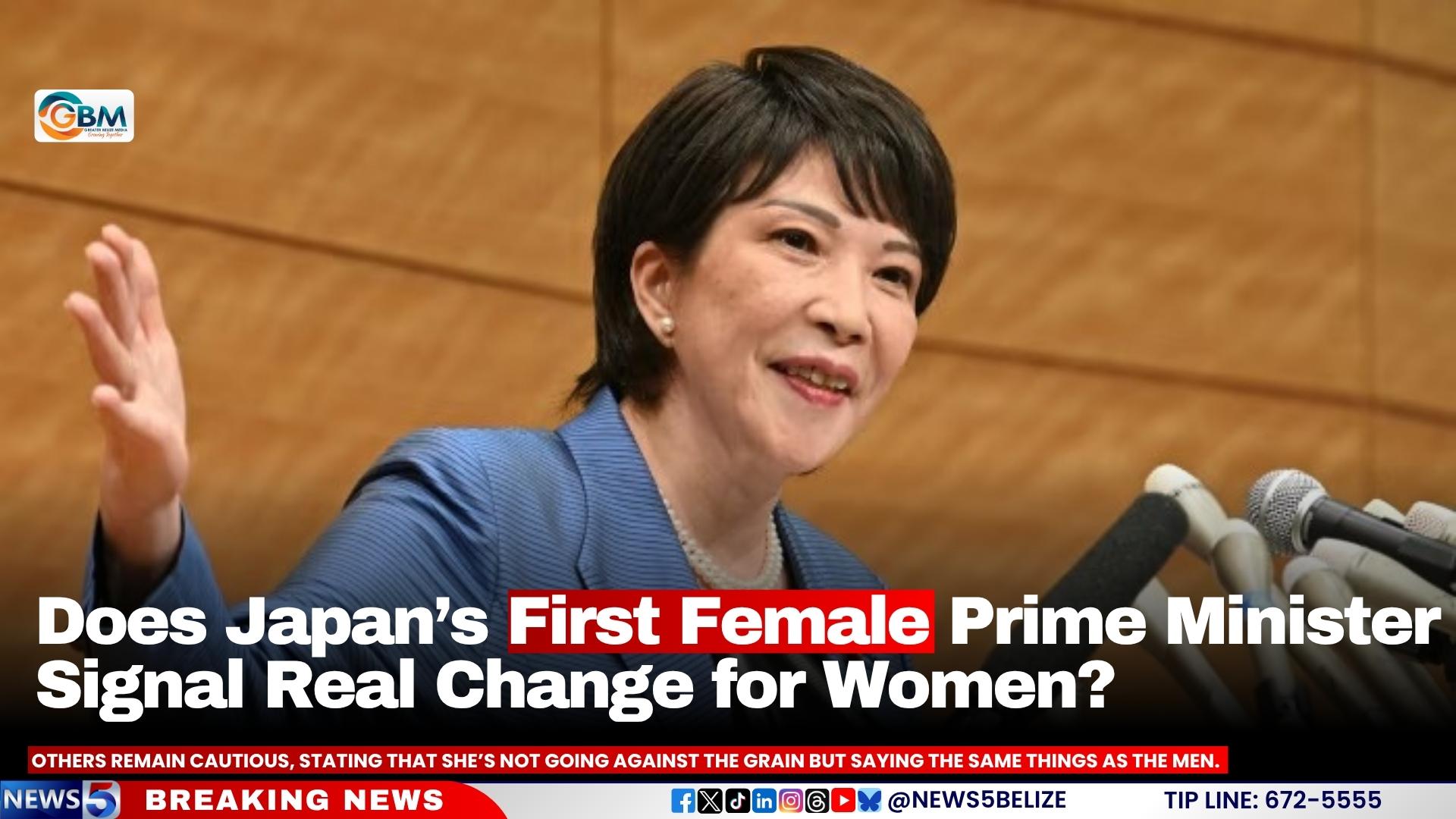Japan has made history with the appointment of Sanae Takaichi as its first female prime minister, marking a significant milestone in a nation where political leadership has traditionally been male-dominated. While her ascent to power is celebrated by some as a breakthrough for women’s representation, it has also sparked debate over whether her leadership genuinely advances gender equality. Critics highlight Takaichi’s conservative stance on issues such as same-sex marriage, separate surnames for married couples, and female succession in the imperial family, arguing that her policies reinforce traditional norms rather than challenge them. A 21-year-old Japanese citizen remarked, ‘Everyone’s saying this is a great opportunity for women’s empowerment, but I think that’s a very naive interpretation. She perpetuates the patriarchal system.’ Japan’s struggle with gender equality remains evident, as it ranks 118th out of 148 nations in the World Economic Forum’s 2025 Gender Gap Index, with women holding only 15.7% of parliamentary seats. Despite these concerns, some view Takaichi’s appointment as a symbolic victory. Naomi Koshi, Japan’s youngest-ever female mayor, stated, ‘There is great significance in Ms. Takaichi becoming prime minister. It lowers psychological barriers for women and girls to see leadership as normal.’ However, skeptics argue that her policies align closely with those of her male predecessors, raising questions about the depth of change her leadership represents.
